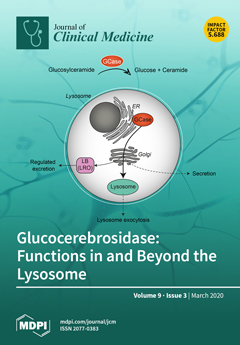Background: Population aging poses unprecedented demands on the healthcare system. There is also a scarcity of evidence on self-care intervention to improve objective measures of morbidity and aging-associated functional and physiological measures in a low-income multi-ethnic population setting. Methods: We conducted a cluster randomized controlled trial (ClinicalTrials.gov Identifier: NCT01672177) to examine the effects of the Self-Care for Older PErsons (SCOPE) program. We randomized 14 Senior Activity Centers and randomly selected older adults within these centers. Functional and physiological measurements were performed at baseline, 10-month, and 18-month periods. The primary outcome was a composite of three morbidity-specific measures, which include hemoglobin A1c (HbA1C), peak expiratory flow, and systolic blood pressure. Aging-associated functional and physiological measures were examined as secondary outcomes. Repeated-measure mixed models were employed to examine the effects of SCOPE on these measures. Results: 378 community-dwelling older adults participated in either the treatment (
n= 164) or the control arm (
n = 214). The primary outcome was not significantly improved. For the secondary outcomes, SCOPE participants demonstrated slower oxygen desaturation at an 18-month period (
p = 0.001), improved time to complete the chair-stand test (
p < 0.001) at a 10-month period with the effect persisting at the 18-month period (
p < 0.001). SCOPE participants also had significantly improved vitamin B
12 levels at the 18-month period (
p < 0.001), increased hemoglobin concentration (
p < 0.001), decreased mean corpuscular volume (
p = 0.001), and decreased creatinine (
p = 0.002) at the 10-month period. Conclusions: SCOPE did not improve morbidity-specific measures. However, it improved several aging-associated measures implicated in geriatric syndromes. This study highlights the potential of a self-care program in the prevention of geriatric syndromes in community-dwelling older adults, while emphasizing self-management to manage existing morbidities.
Full article






